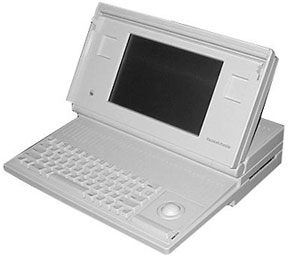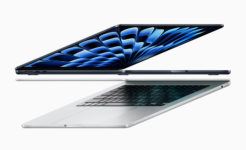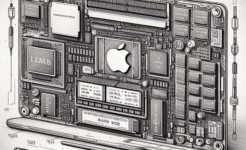
Put Your Portable Mac Laptop to Sleep
Few users give much thought to the process of putting their Apple Mac into sleep mode. They just assume that sleep will help conserve Mac’s battery, and let them pick up right where they left off. But what actually happens when you put it in sleep mode?
Apple supports three different versions of sleep, however very few users know which version of sleep their Macs use.
Each of these three Sleep Modes, which Apple has provided since 2005, has its benefits as well as drawbacks. The choices are, Sleep Mode, Hibernation Mode and Safe Sleep.
Sleep Mode; sometimes called hibernate mode 0, is the default mode for desktop Macs. When in this mode, Mac’s RAM is left powered on. This allows your computer to wake up quickly, since there’s no need to load anything from the hard drive.
Hibernation Mode, which is sometimes called hibernate mode 1, is the default sleep mode for devices released before 2005. The contents of RAM are copied to your hard drive before the Mac enters sleep. The power is removed from the RAM. When the user wakes his portable up, the hard drive first writes the data back to the RAM, which means that the device’s wake time is a bit slower than in Sleep Mode.
Safe Sleep, or hibernate mode 3, is the default mode for Apple portables made after 2005. In this mode, RAM contents are copied to the hard drive before sleep starts. Writing the information to the hard drive however, is simply a safeguard. The RAM remains powered while the Mac is sleeping, so wake time is very fast because the RAM still contains the necessary info. In this case, should something happen (for example, a battery failure), the user is still able to recover the data. Keep in mind, that not all Apple portables are capable of supporting this mode.
As you can see the only difference between all these Mac sleep modes, is whether or not the contents of RAM are first copied to the hard drive before the portable enters sleep. Once RAM contents are copied, the processor is put into a low-power state in the three sleep modes. The video output will also be disabled and connected displays will enter their own low-power state, if supported. Apple-supplied hard drives and optical media drives will also spin down, as do most of the third-party internal and external drives. AirPort functions, audio input and output become disabled as well. The Ethernet port is most often disabled, but this actually depends on system settings, as some settings allow the Ethernet port to respond to a WOL (Wake on Lan) signal. USB ports have limited functionality since they only respond to the keyboard. Modem and Bluetooth will also be disabled, but this depends on whether the modem is configured to wake when it detects a ring, and if the Bluetooth system preferences allow Bluetooth devices to wake your Mac.
See also:
- Apple Encyclopedia: all information about company, products, electronic devices, operating systems and apps.
- iGotOffer.com: the best place to sell my old MacBook online for the top price. Free quote, free shipping. BBB A+ rated business.






Facebook
Twitter
RSS